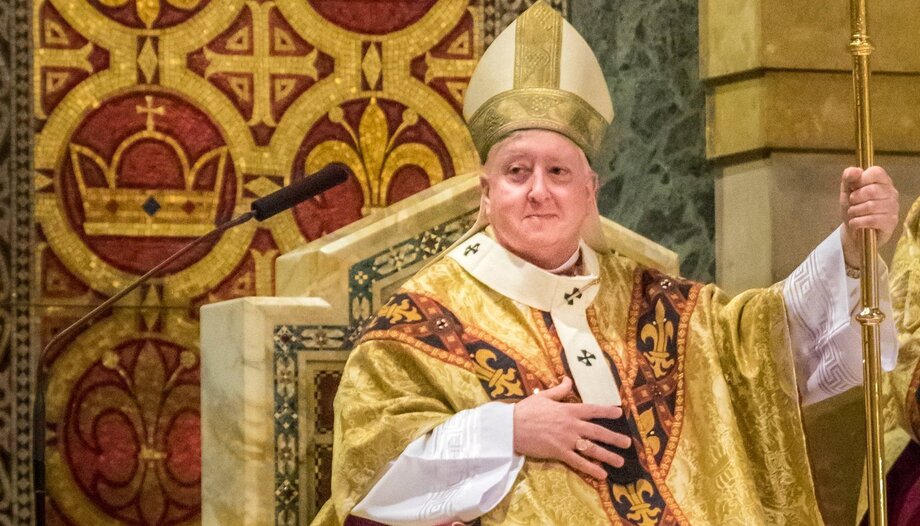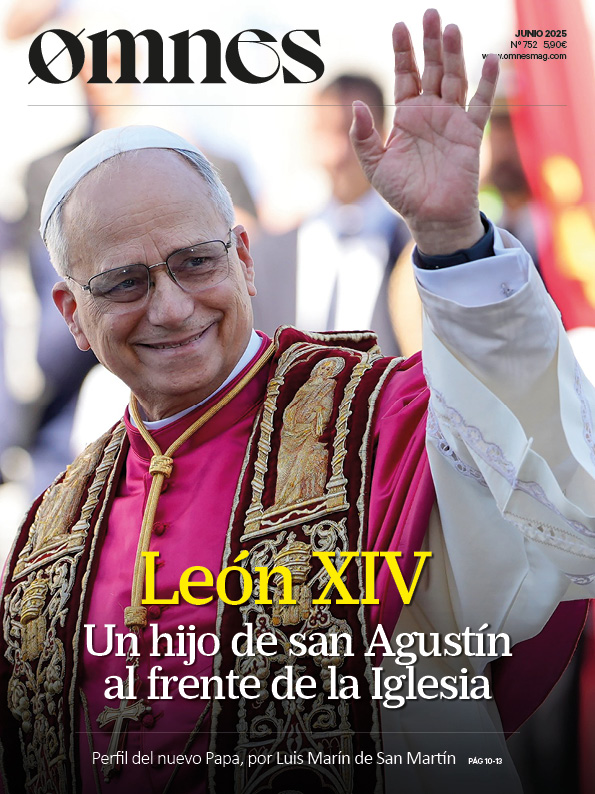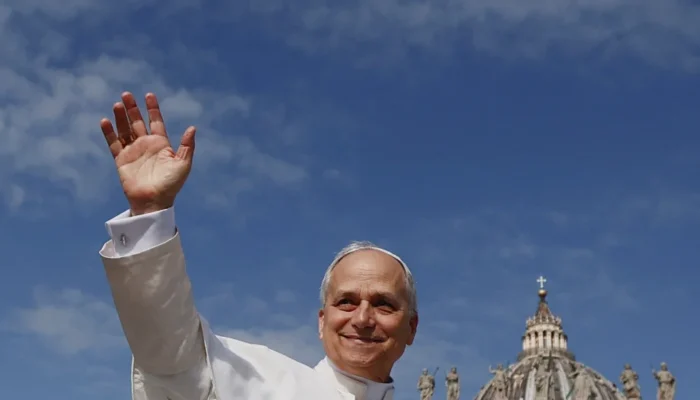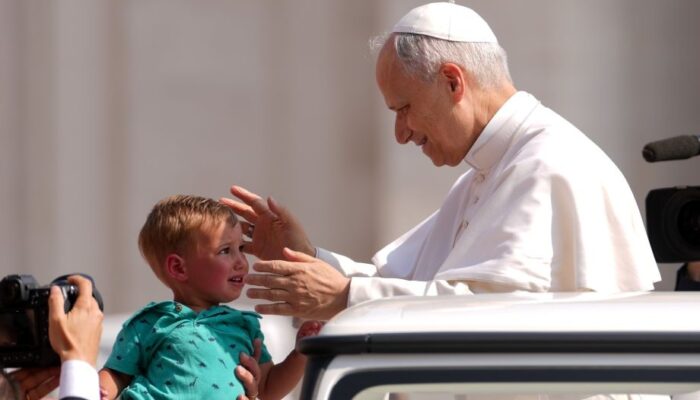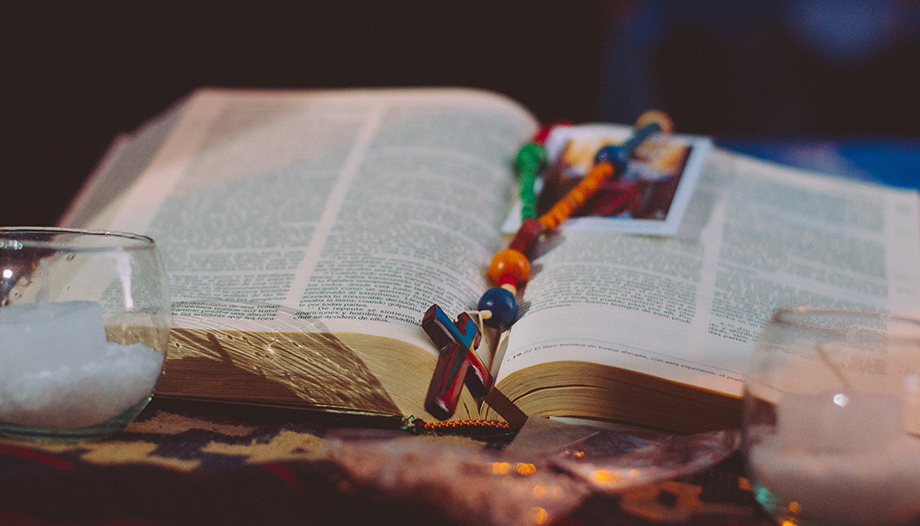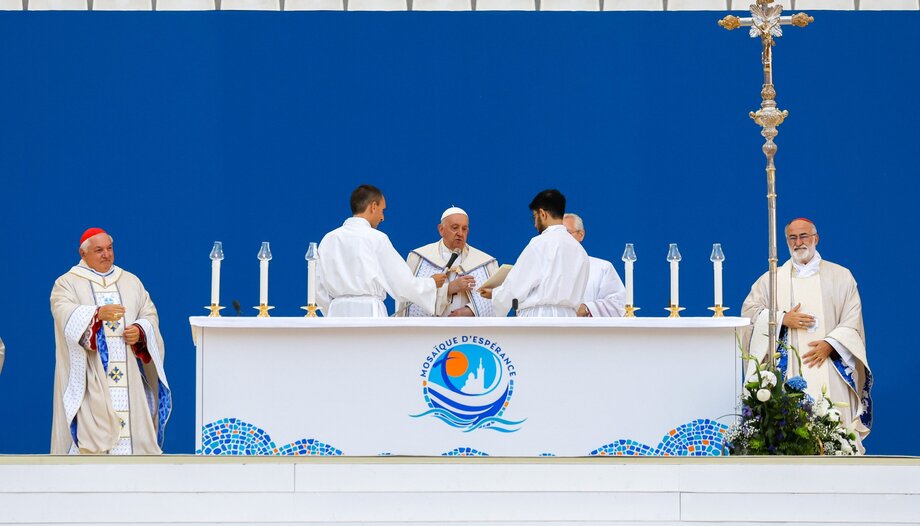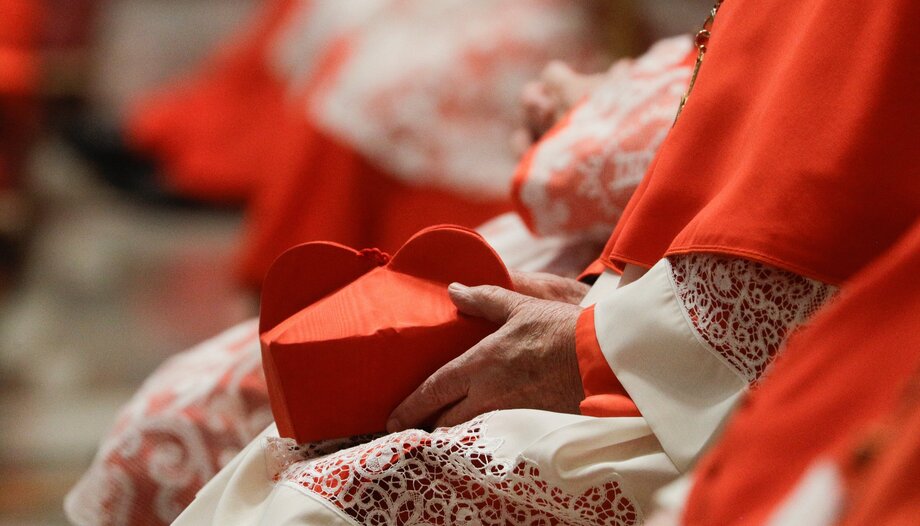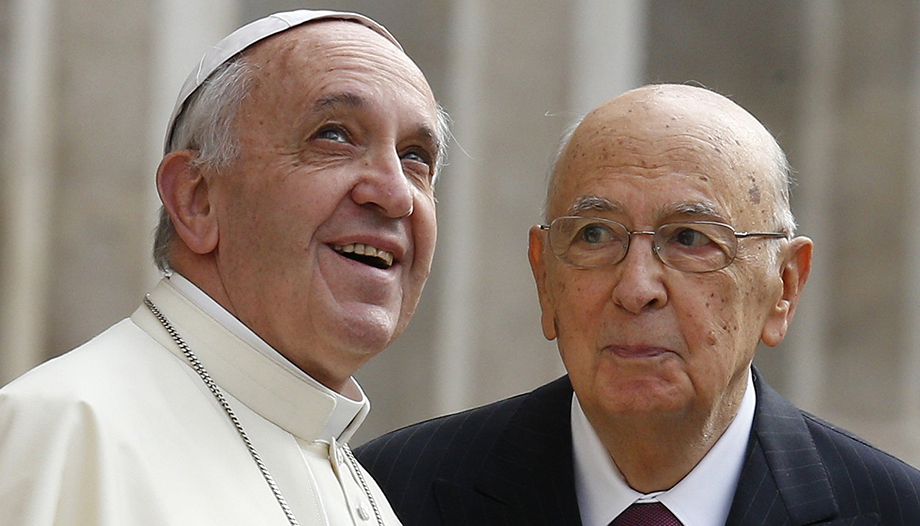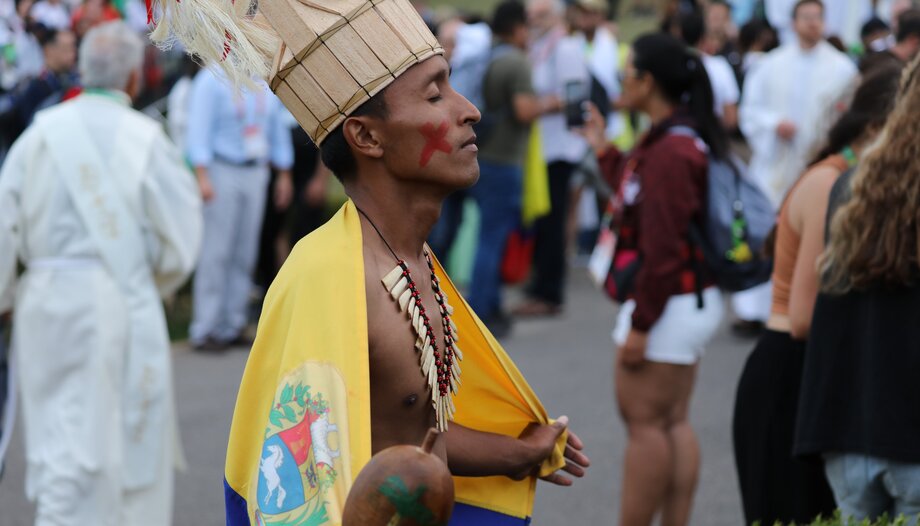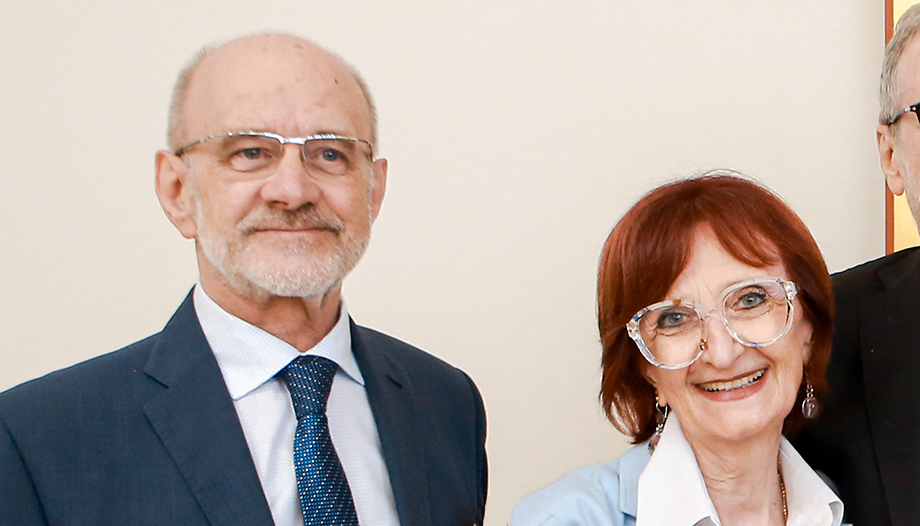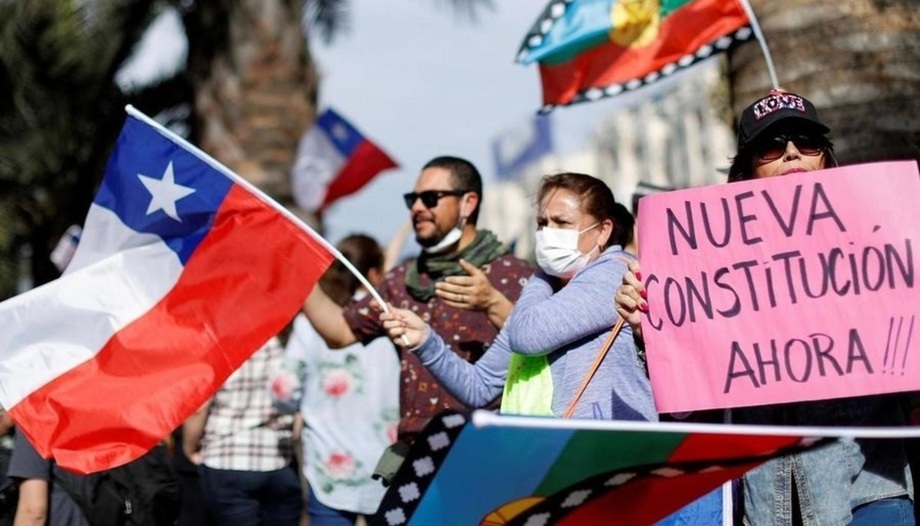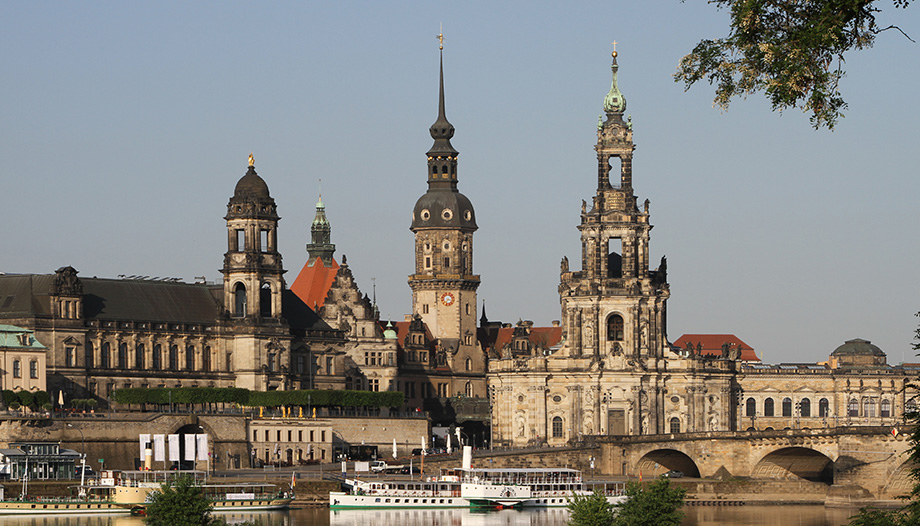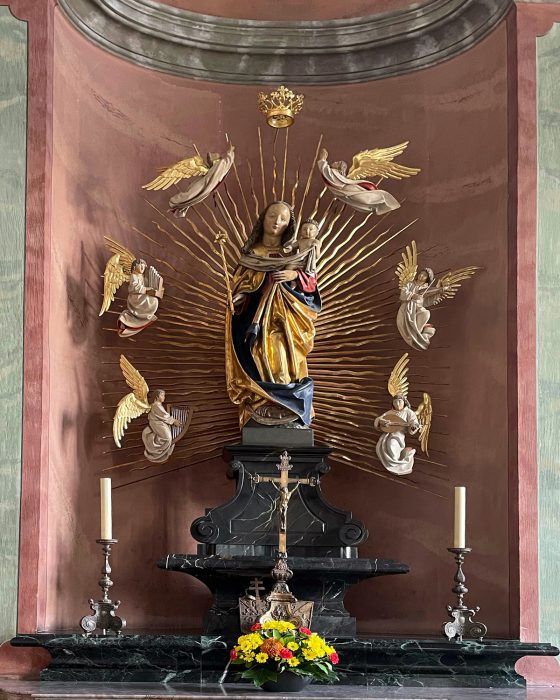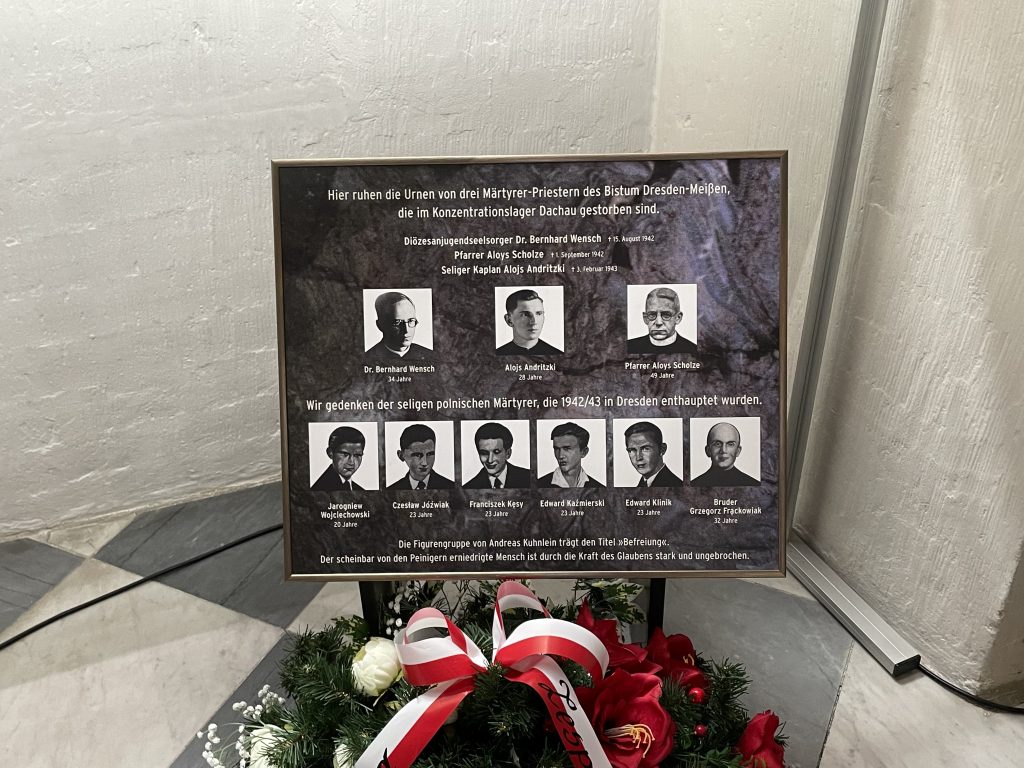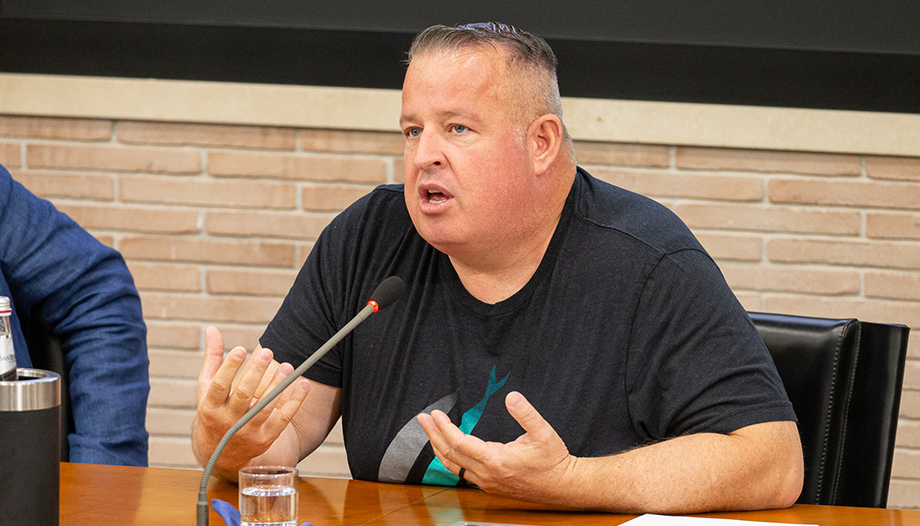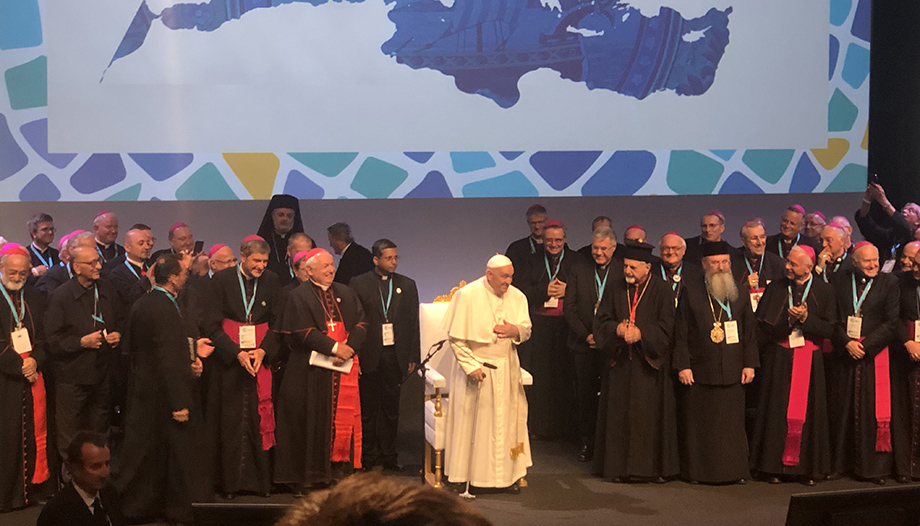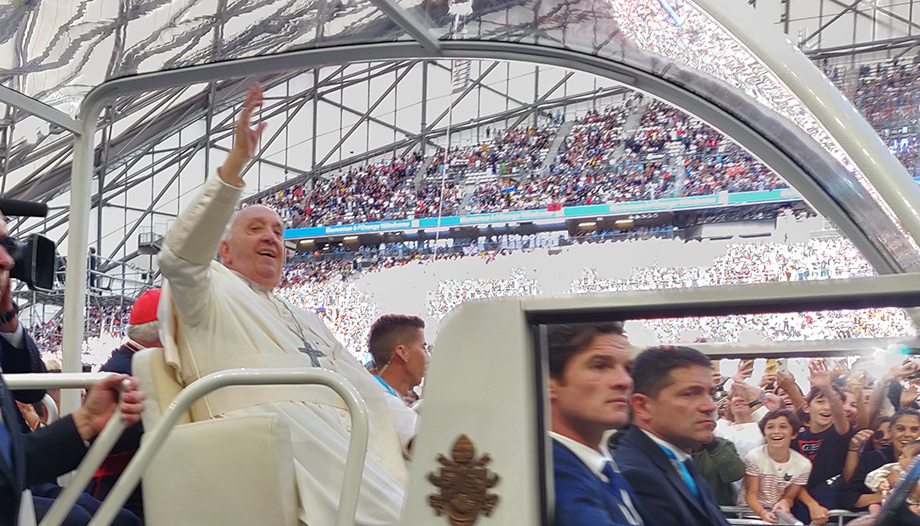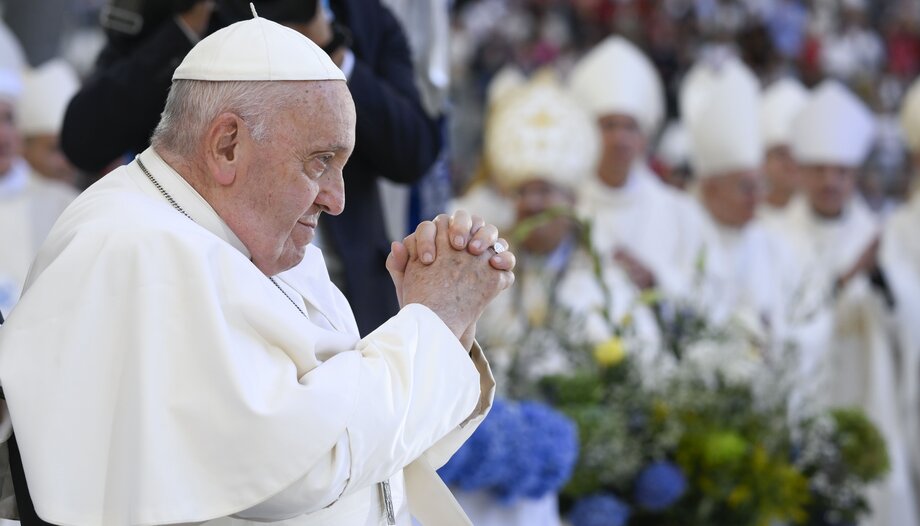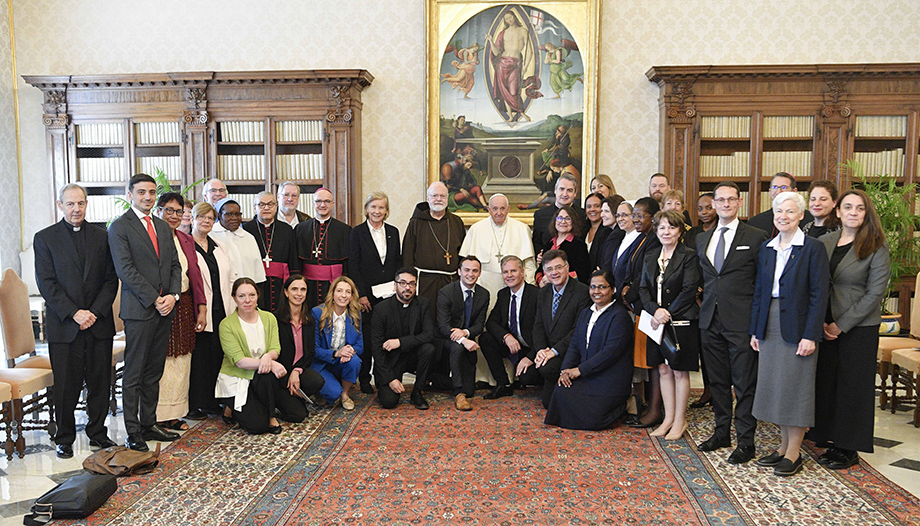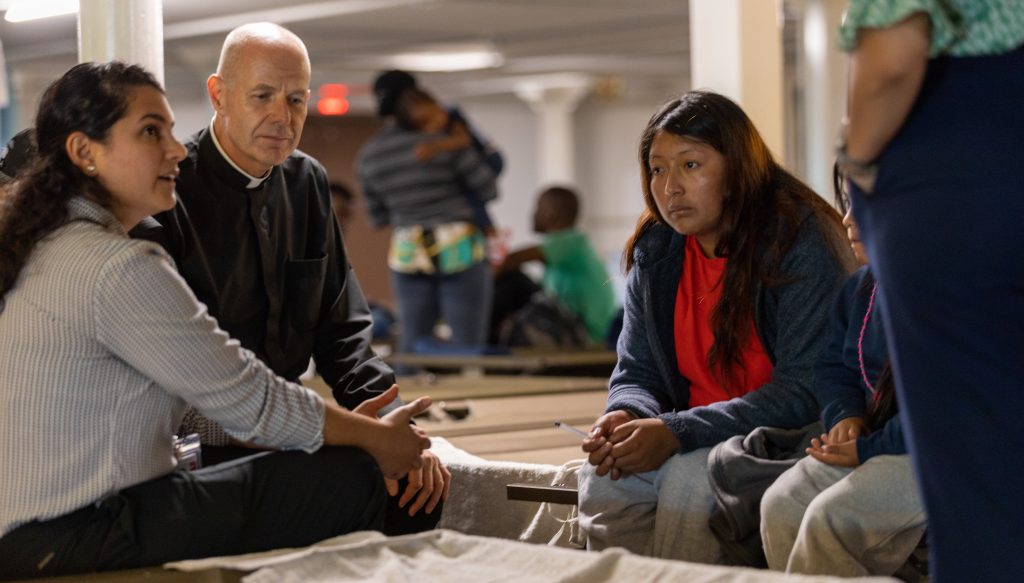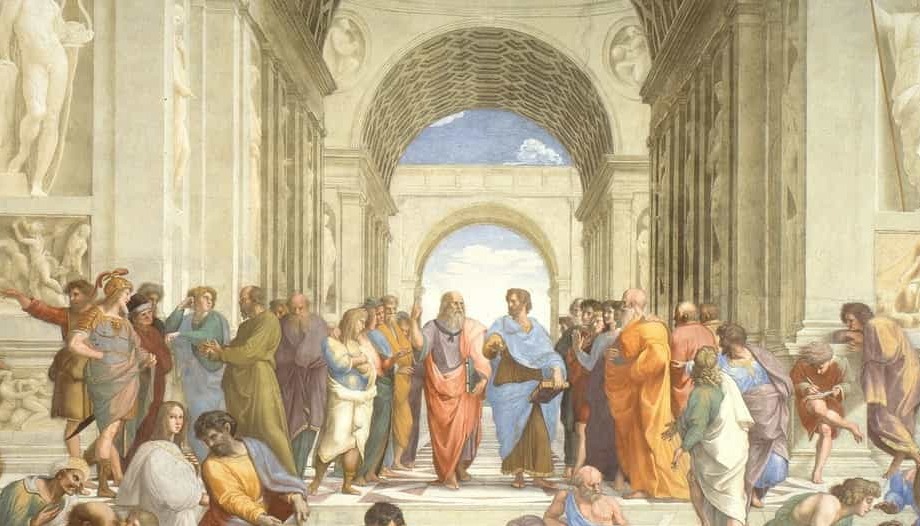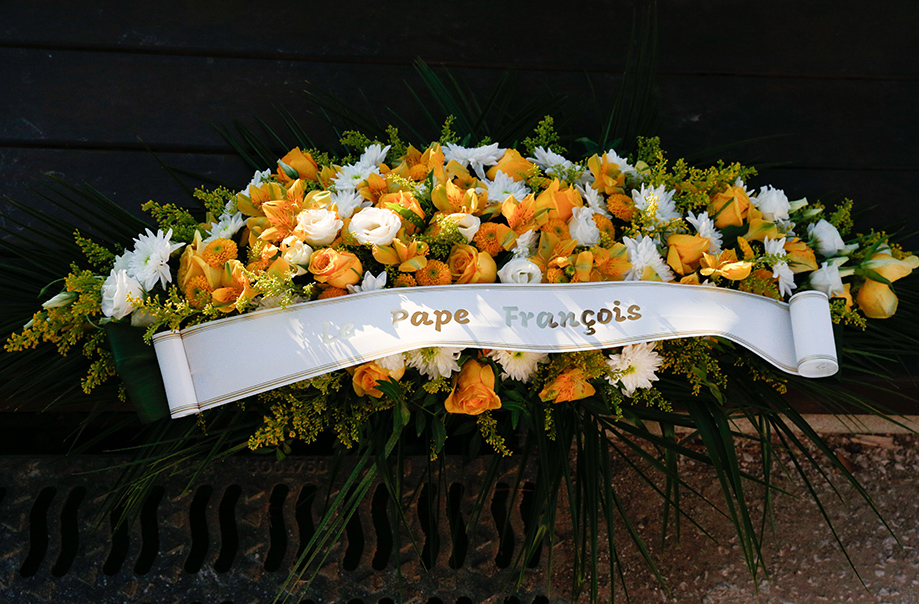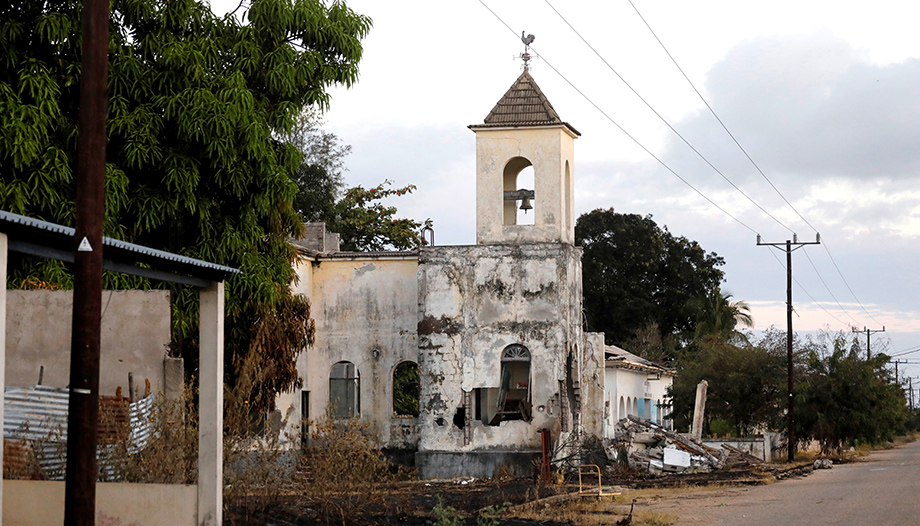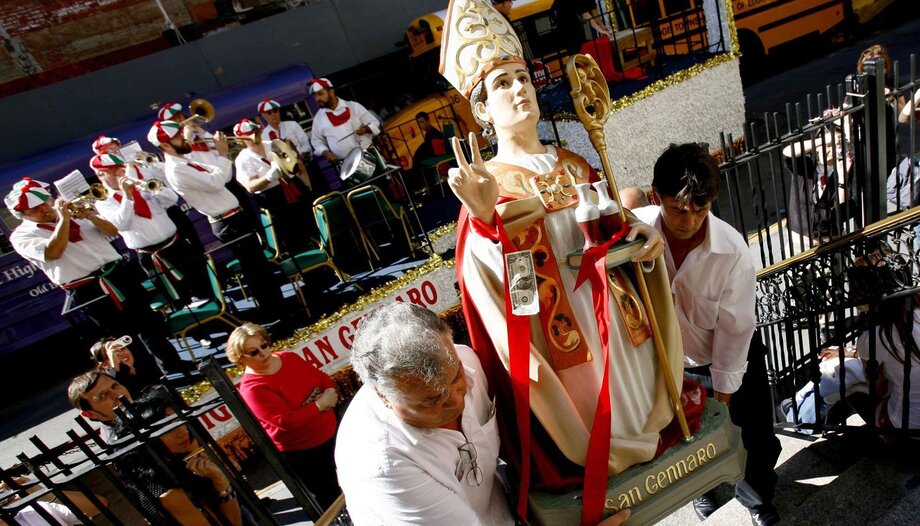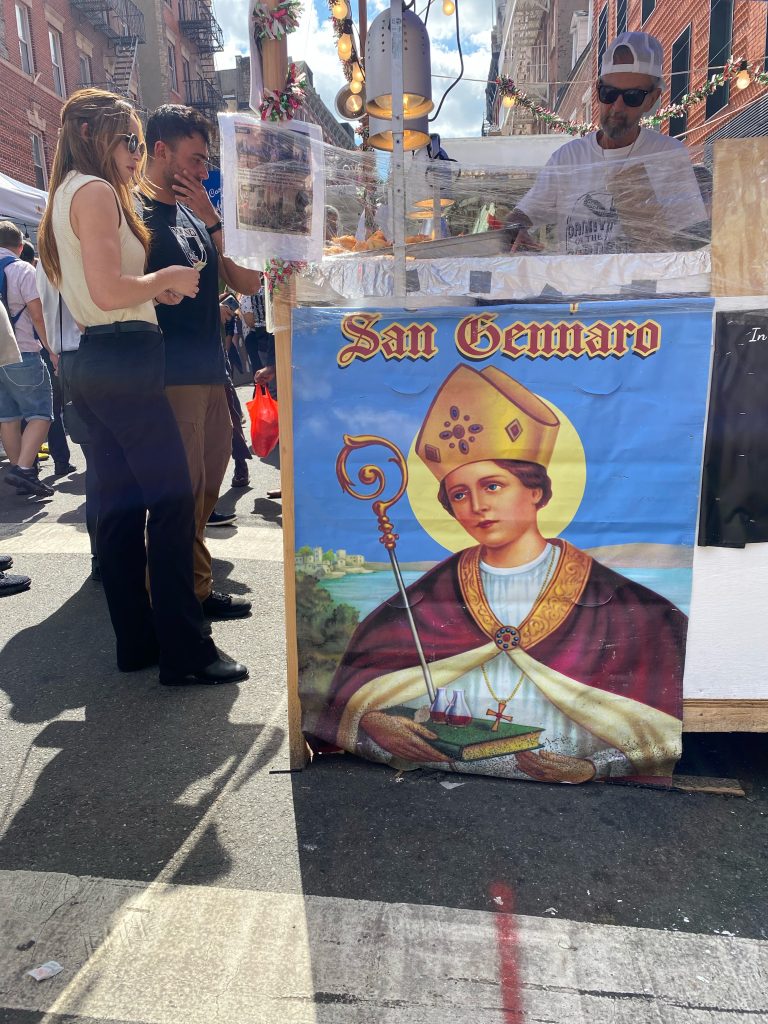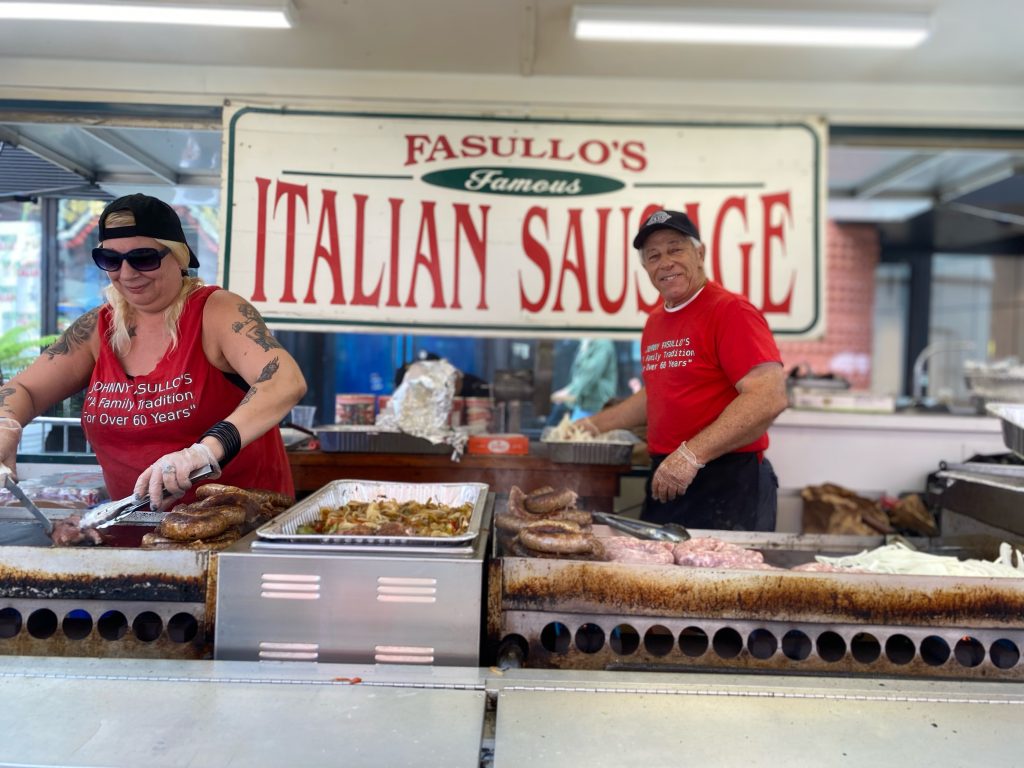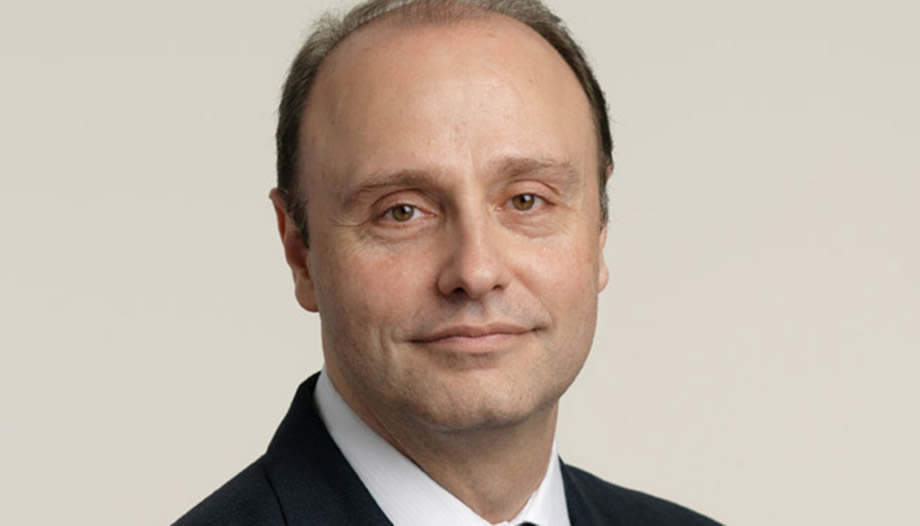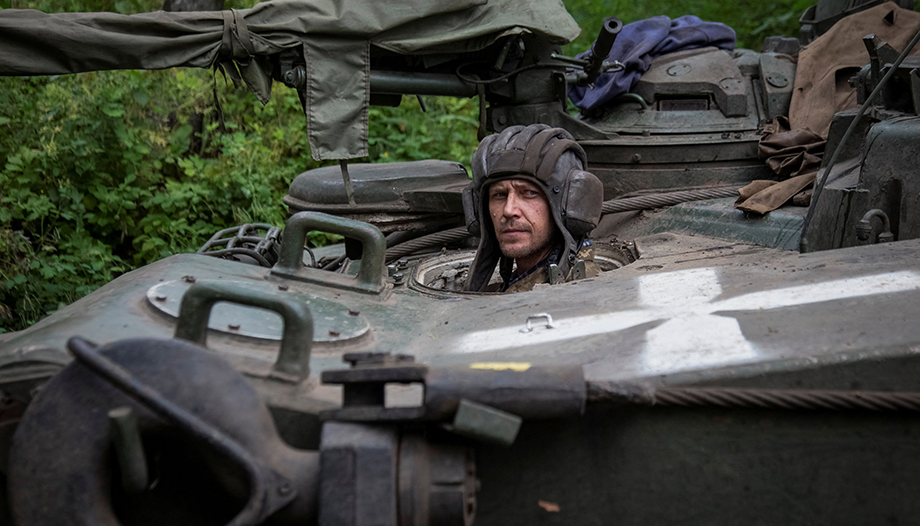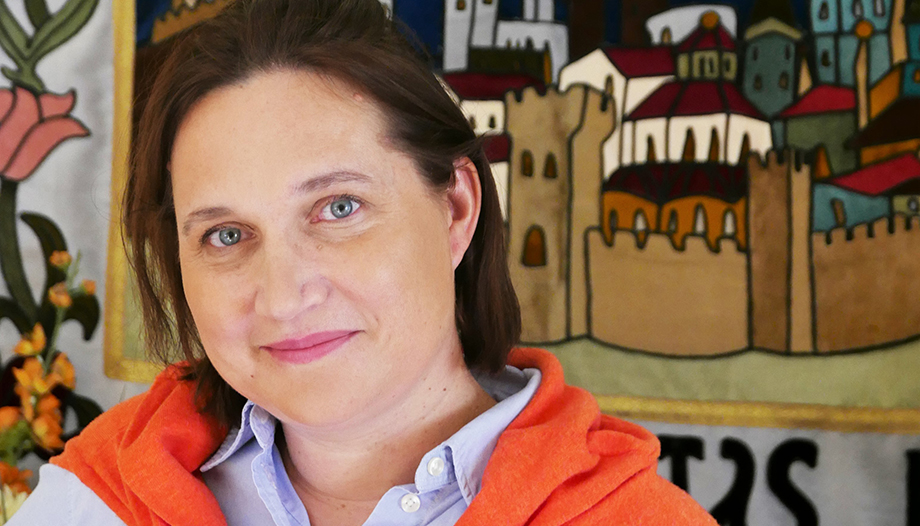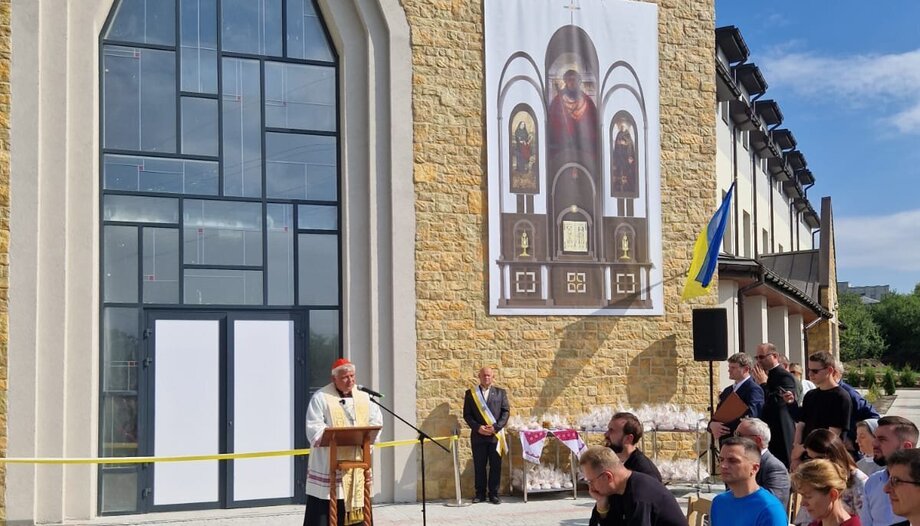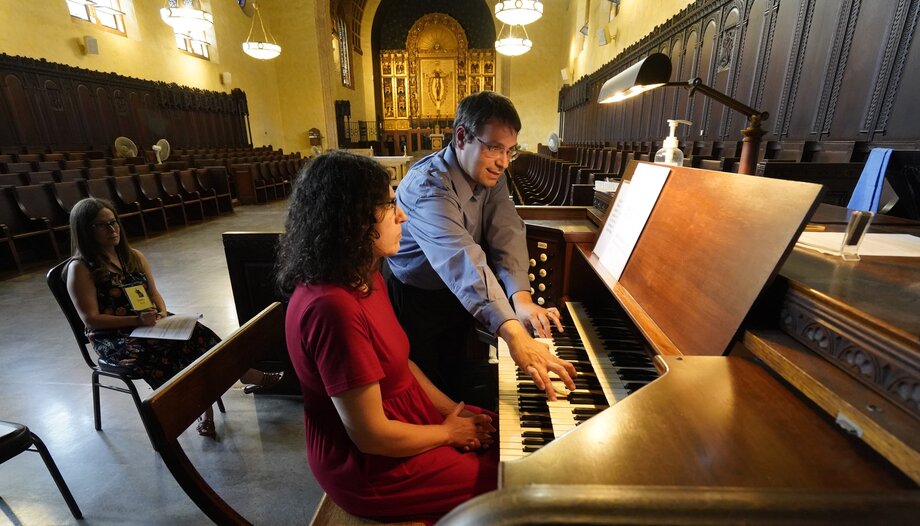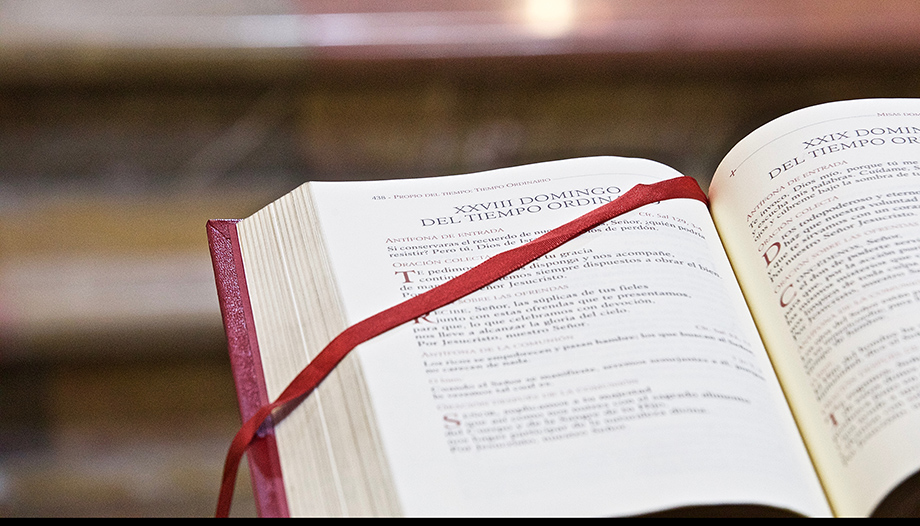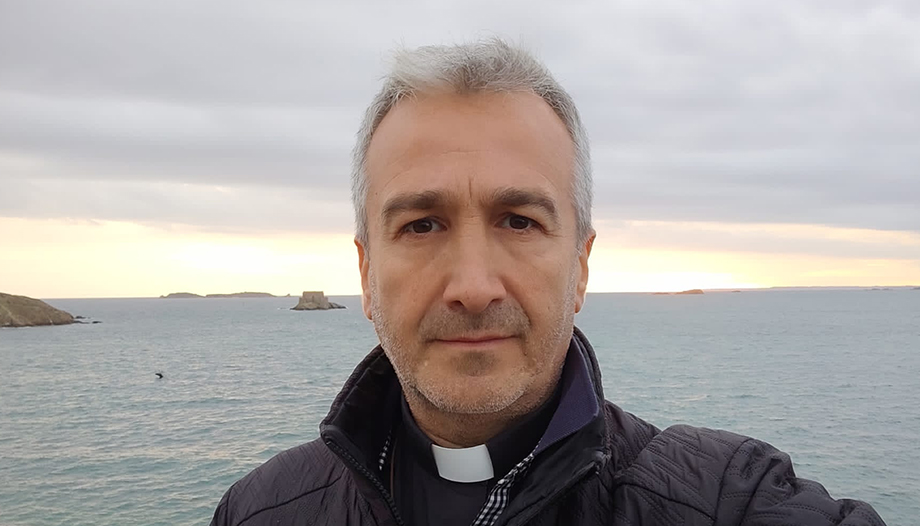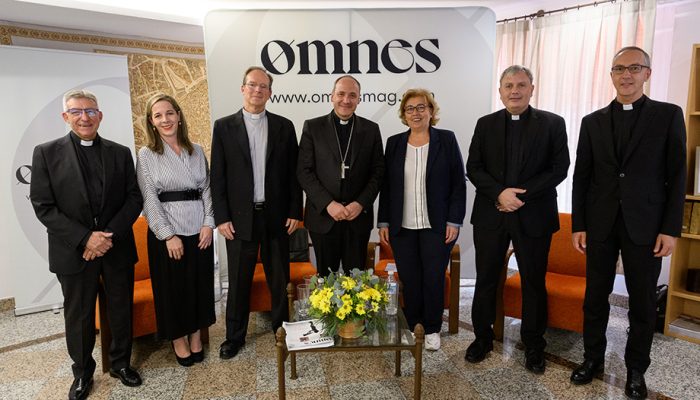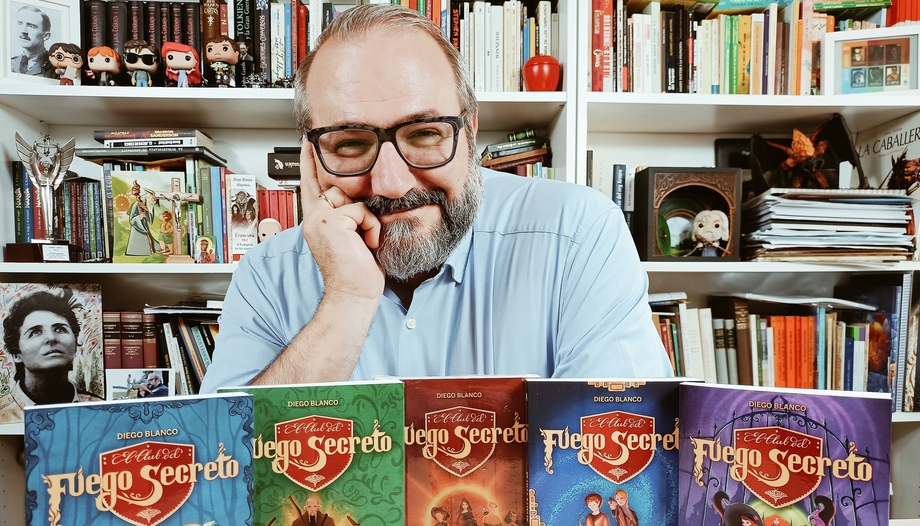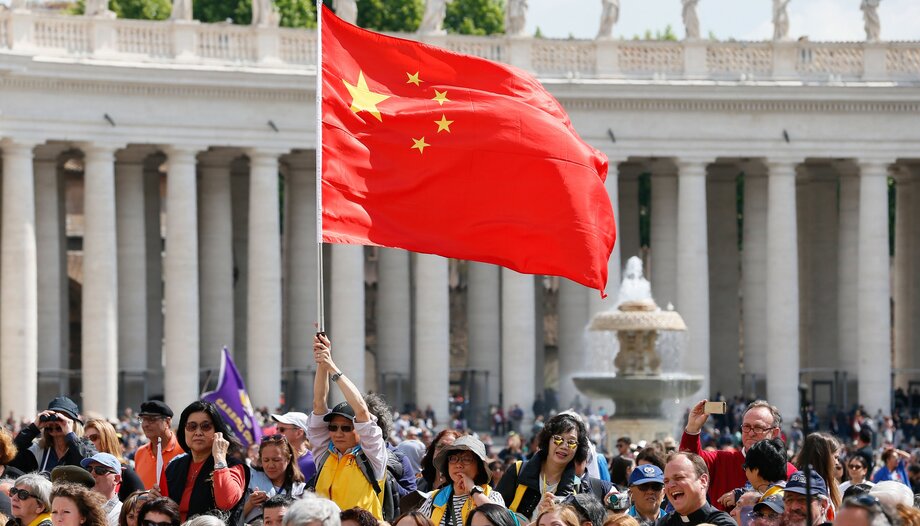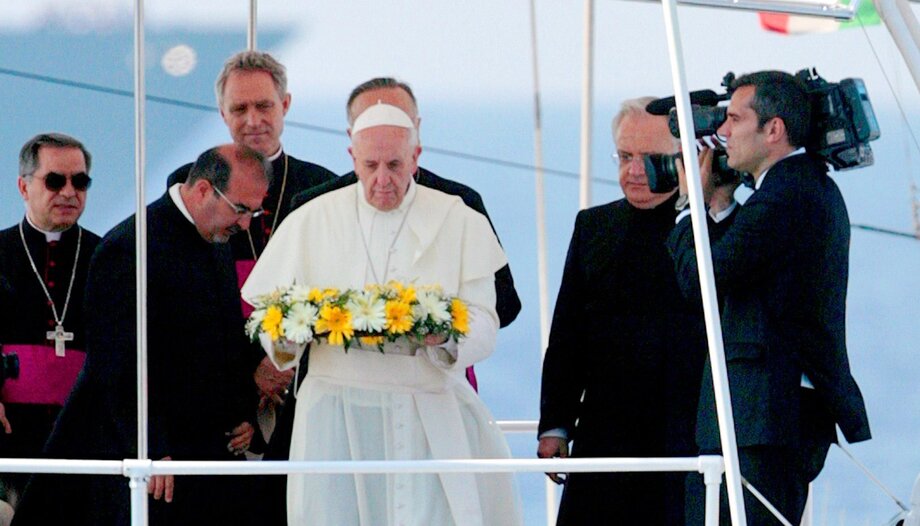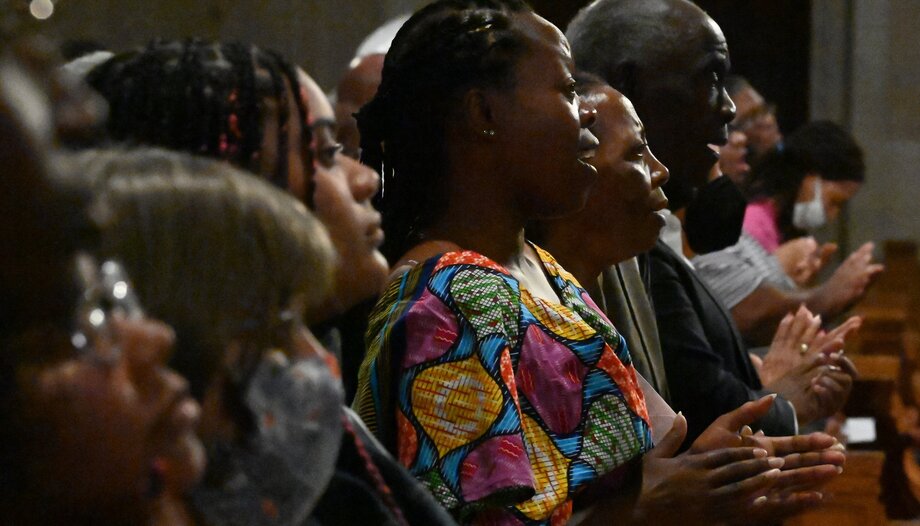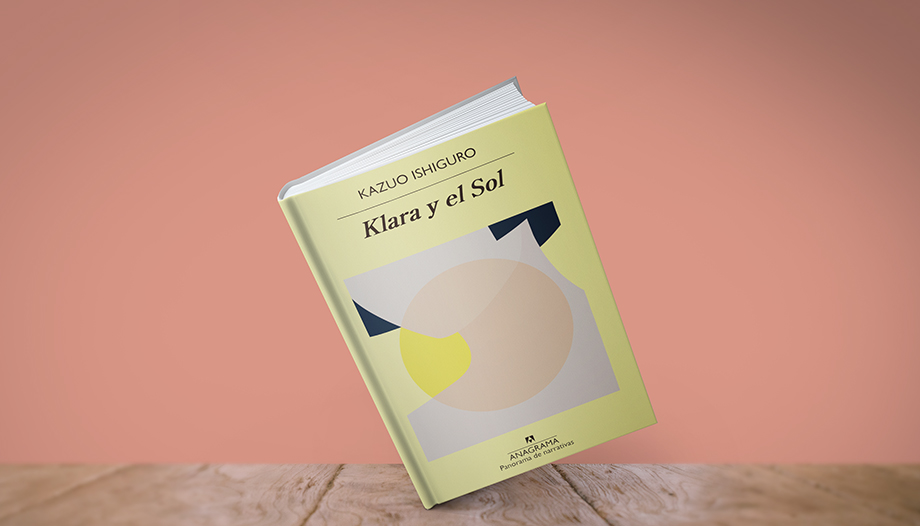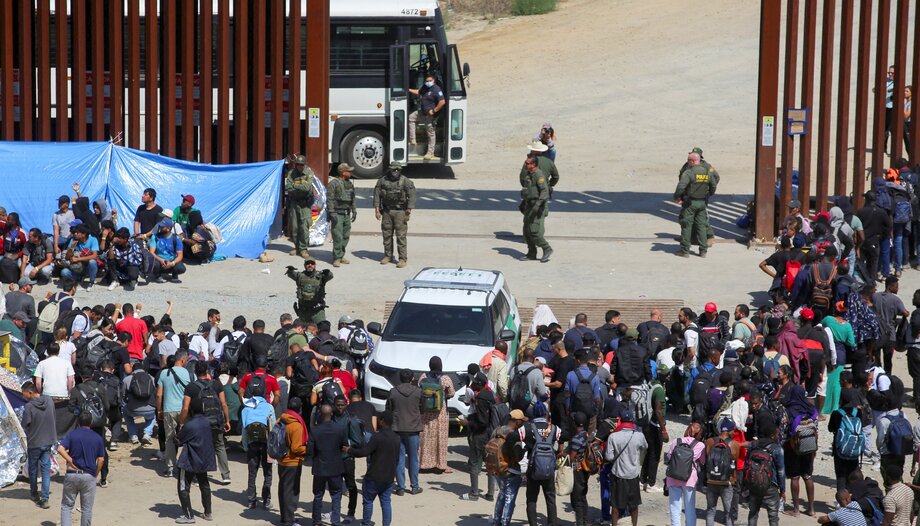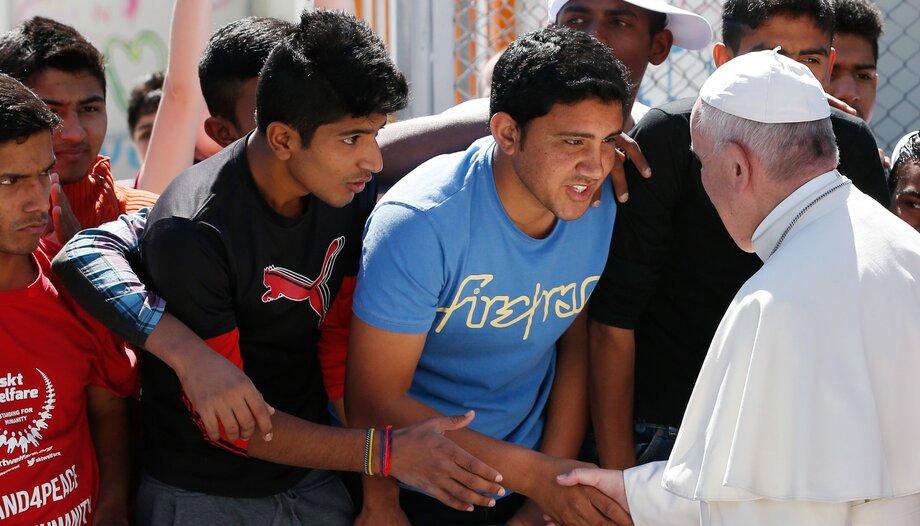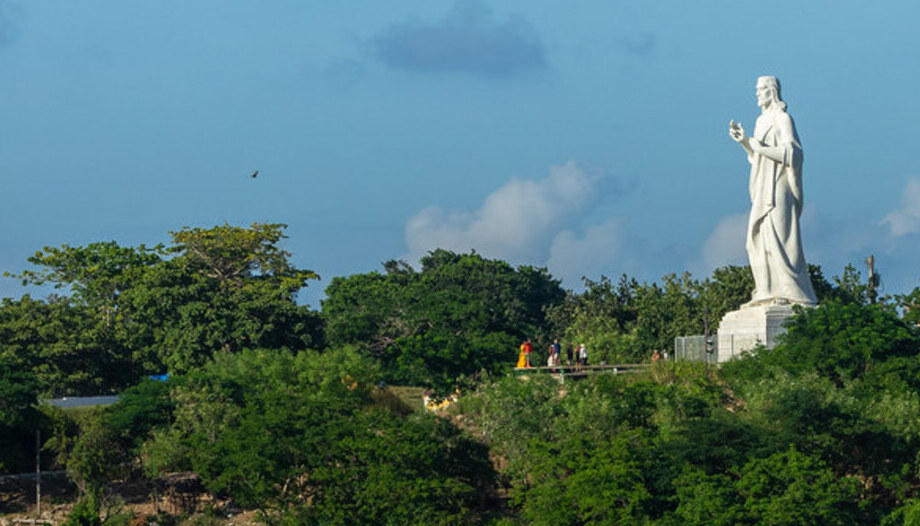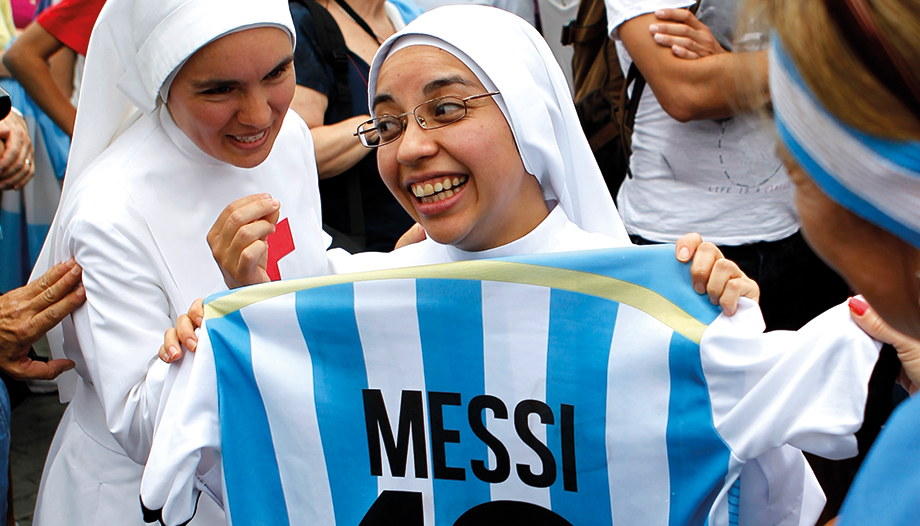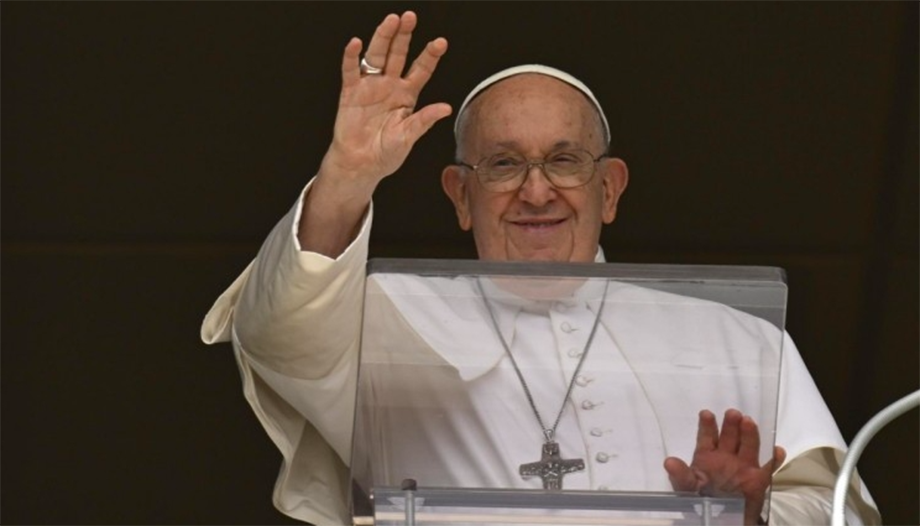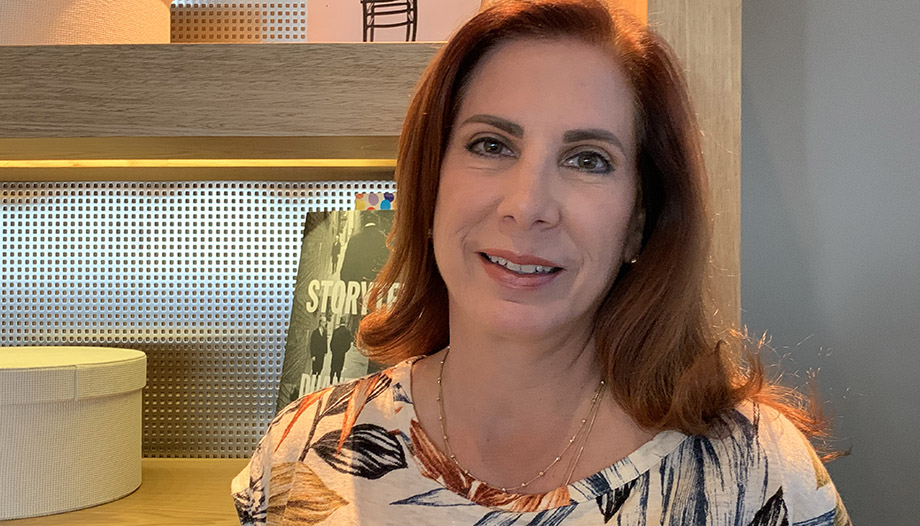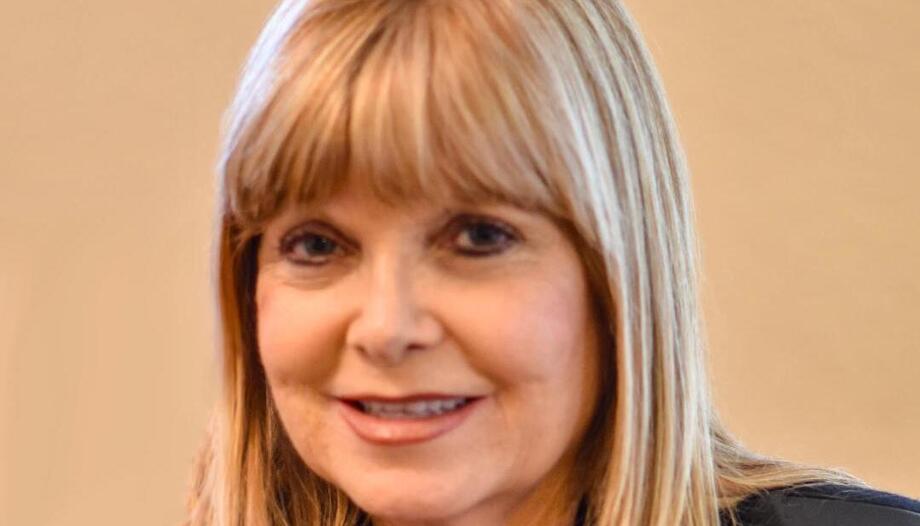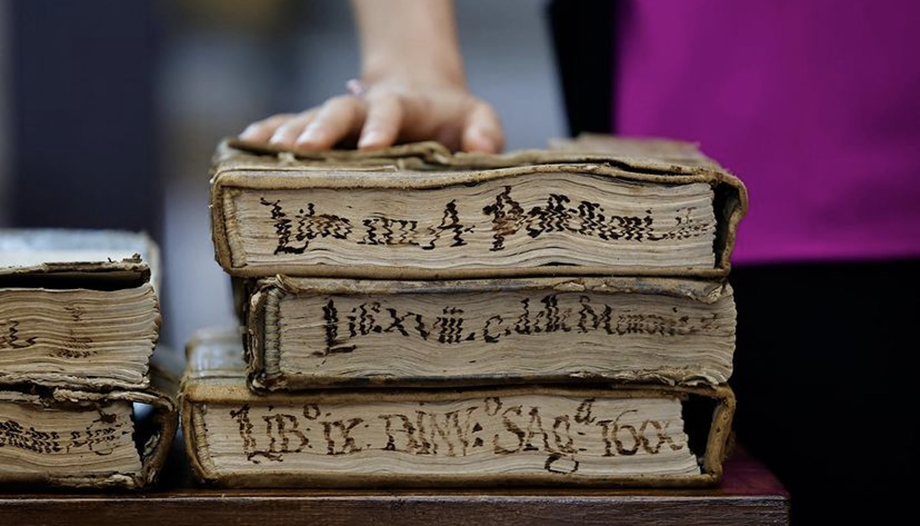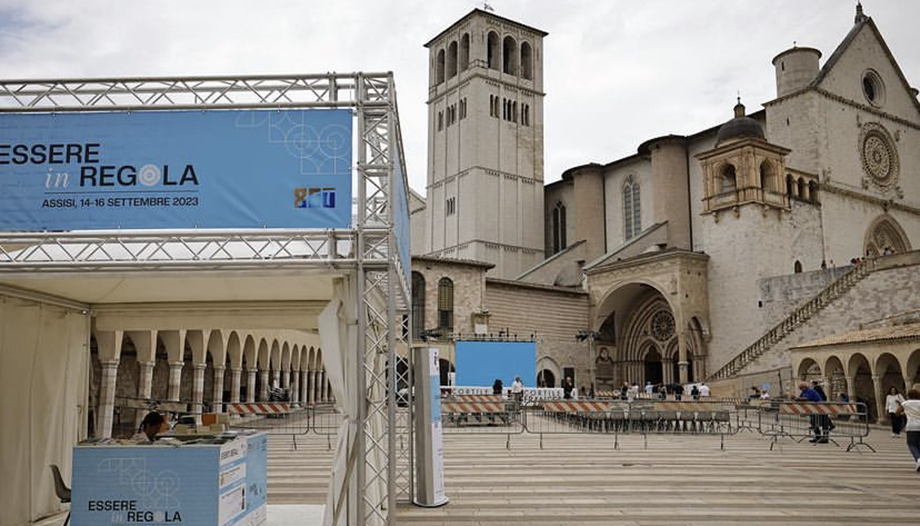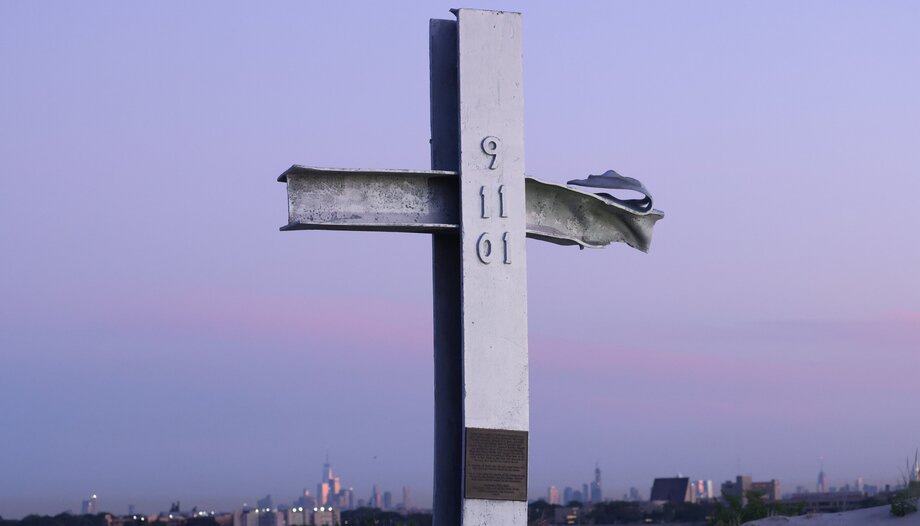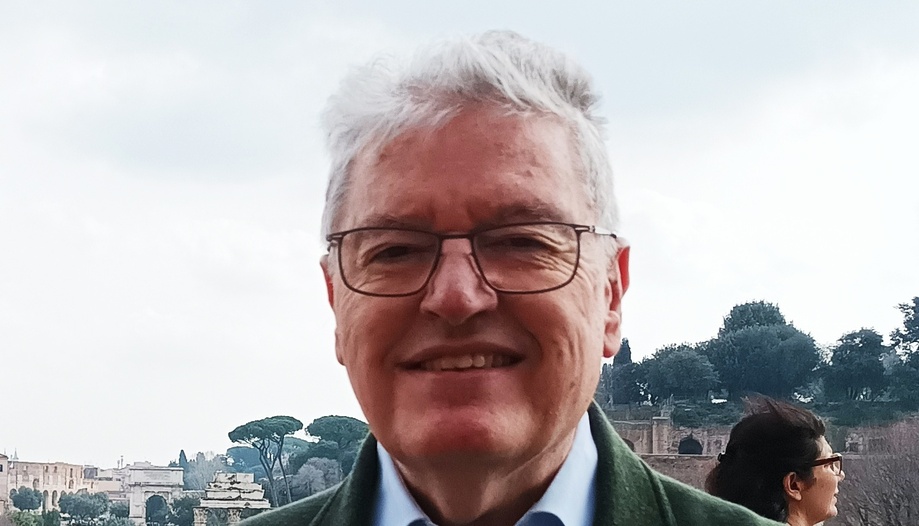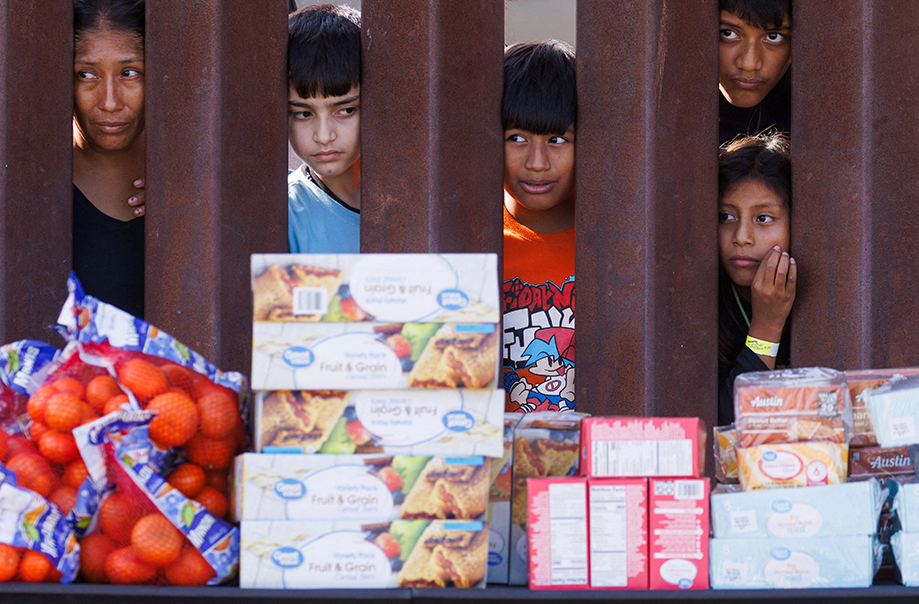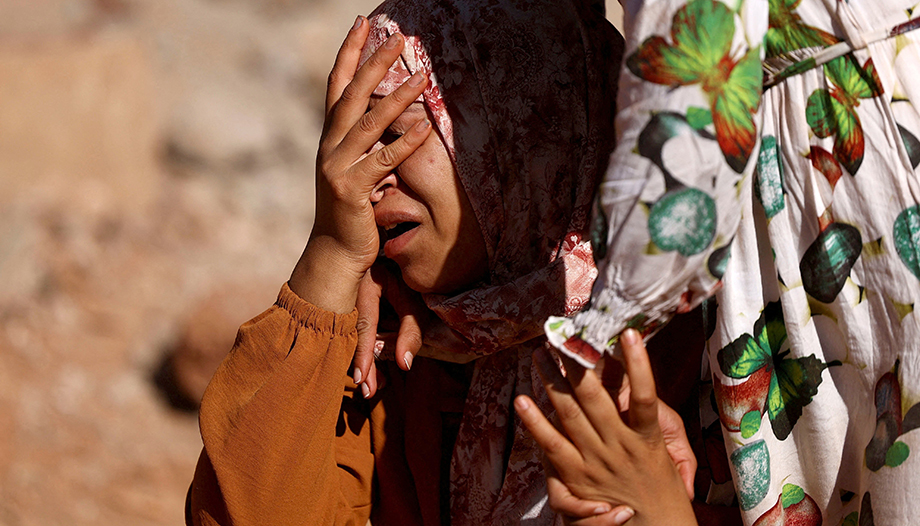 Who is in charge of the Church and how is it organized internally?
Who is in charge of the Church and how is it organized internally? Pope to priests: "A divided presbyterate does not work".
Pope to priests: "A divided presbyterate does not work".Archbishop Mitchell Thomas Rozanski is, since 2020, the Archbishop of St. Louis (Missouri, United States). The archdiocese he heads has almost 500,000 Catholics in a population of more than two million people.
To care for all these people, the archdiocese has 296 priests diocesan priests and 247 religious priests. At the same time, almost a thousand religious sisters live in the territory. Many of these consecrated persons are involved in education or help in the activities of the 178 parishes.
Monsignor Rozanski ensures on a daily basis that all these people "have the means they need to continue these ministries". In addition, he frequently visits the churches of the archdiocese to be close to the faithful.
To explain his work and make known the "vibrant Church" in Missouri, the archbishop talks in this interview about his role in the Church hierarchy, the pastoral challenges he faces and his vision of the Synod on Synodality that the Catholic Church is currently experiencing.
How would you explain what your day to day is like as an archbishop?
– Well, it’s never boring. It’s day is certainly different. As an archbishop I do spend a lot of time in meetings and in administration. But my best moments as an archbishop are when I can be out with our people at parish celebrations. That’s where I really get energized.
When I was a parish priest I loved it, I loved working in a parish. But the thing about being an archbishop is that it gives me a wider vision of the Church and challenges me more in my priesthood.
How would you describe your position within the church hierarchy?
- In the ordained ministry there are three different orders: bishop, priest and diaconate. Within the office of bishop we certainly have our Holy Father, Pope Francis, and then we have the cardinals. And then the archbishops and bishops. They are all part of the episcopate. The pope is elected by the cardinals, the cardinals are called to advise the pope, the archbishops are the ones who oversee the archdioceses, and the bishop is the one who runs each individual diocese.
Do you think there are misconceptions about the figure of the archbishop?
– Yes, people think that I have more power than I do. As the archbishop, I have to live not by “fiat” or by decree, but I have to live by gathering the people of God. Some people say that all I have to do is say it to be done, but it doesn't work that way.
It is a position for great responsibility within the Church, but it is a ministry of the Church. I think that any power that I exercise has to be exercised with humility and in the light of the Gospel.
What is the most important task you perform in relation to the laity of the archdiocese?
- I think the most important task I can do as archbishop is to proclaim the faith. There is a weekly column in our archdiocesan newspaper in which I talk about faith and different aspects of it. I believe that being a proclaimer of the Word and a witness to the Gospel is very important.
There are many priests and consecrated people in the archdiocese. What are your responsibilities towards them?
- As archbishop, I am called to set the pastoral tone for ministry in the archdiocese. We have many different communities in the archdiocese, so my role is to maintain a good relationship with those religious communities, meet with them from time to time and see how we can collaborate in ministry here in the archdiocese.
Many of our religious communities are involved in education. Some are involved in ministries directly to the poor. So my goal is to encourage them to see that they have the means that they need to continue the ministries.
The Church is going through a moment of tension today and it seems to be getting worse as the Synod approaches. What would you say to the people so that they can be calm in this process and feel close to the Holy Father?
– The first thing I would say is that many do not have a sense of History. So, whenever the Church has had a major council, like we had sixty years ago in Vatican II, it really takes about a hundred years for that council to take its full effect. And I believe that Pope Francis sees his role at this point in History to help Vatican II to take its full effect in our Church. Hence, we have the Synod on Synodality.
I think that what the Holy Father has said in so many different ways is that we are not changing doctrine, we are not changing the basic teachings of the Church, but in a world where things change so quickly, we do need a different approach in how we present the Gospel.
The main things, as I see, that I can sum up in the Synod on Synodality is: the Church’s ability to listen, to encounter and to accompany. And that’s what Jesus calls of all of His disciples. I’m very hopeful and I’m very positive about this Synod.
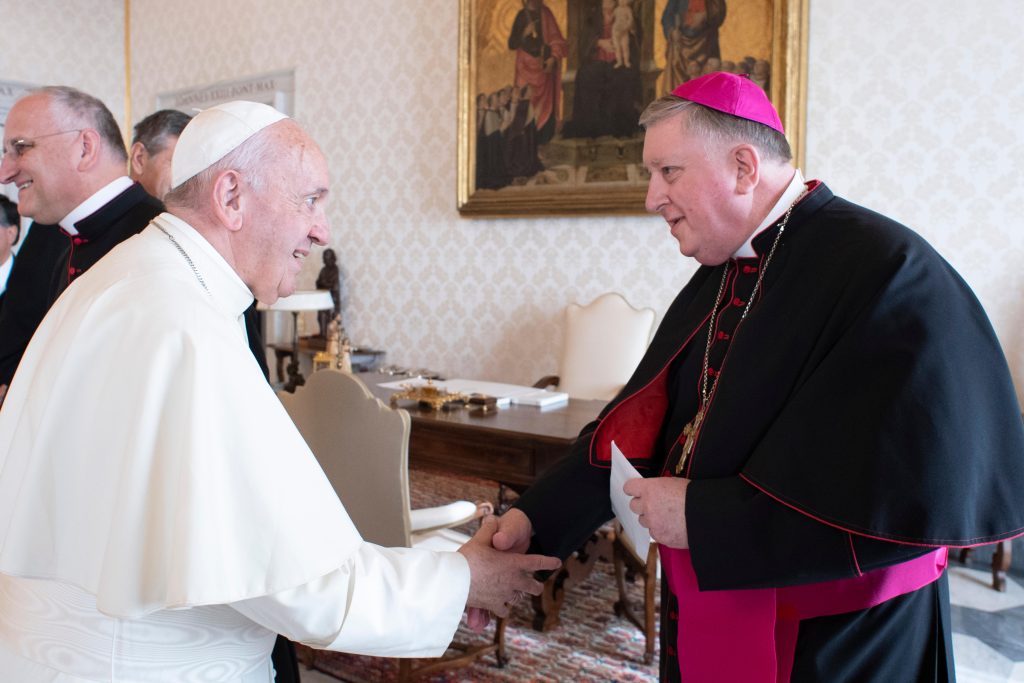
What are the pastoral priorities of the Archdiocese of St. Louis?
- We have just gone through two years of discernment to see what we need in terms of our infrastructure, in terms of our support from the Curia and reaching out to the parishes. The driver for all of this has been evangelization. So I would say our priorities are reaching out to parishes and evangelizing. In short, I see the priorities of the Synod of Synodality as the priorities of the Archdiocese of St. Louis.
Also, we have had some creative ideas. We created a new parish for Hispanics and Latino ministry. We saw the need in a certain area of the archdiocese and put our resources there. We also sent one of our young priests to campus ministry in another diocese, to a college campus where many St. Louis natives are students.
We tend to forget about the elderly in our dioceses. How do you help them encounter God in the Archdiocese of St. Louis?
– I think we provide many opportunities for service for our elderly folks,whether it be within parishes ministries or just in prayer ministries, which is just as important. If they cannot get out of their homes, there’s always intentions they can pray for. So, keeping them connected to the Church is important, and making sure that they can perhaps be driven to church.
I think that the elderly, as Pope Francis has said many times, bring to us endless wisdom. We cannot forget our elderly.
What would you like people to know about the Archdiocese of St. Louis and its members?
– Well, we are in the midwest, which is different from other parts of the country. I find here a great hospitality and a deep sense of faith. When I celebrate Mass at different parishes I see young families in the Church, and that’s so encouraging. I see a Church that is vibrant, that realizes that we do have a mission to reach out and to evangelize, and a Church that is ready to take on those challenges.
As archbishop, what would you like to say to our readers, who might even be people from the Archdiocese of St. Louis?
- I've been in St. Louis for three years as archbishop and I feel very welcomed and grateful for the opportunities to visit so many parishes, organizations, Catholic charities... And I see the great work that the Church is doing in the archdiocese. So I would tell them to keep up the good work and ministry, and keep proclaiming the Gospel.




